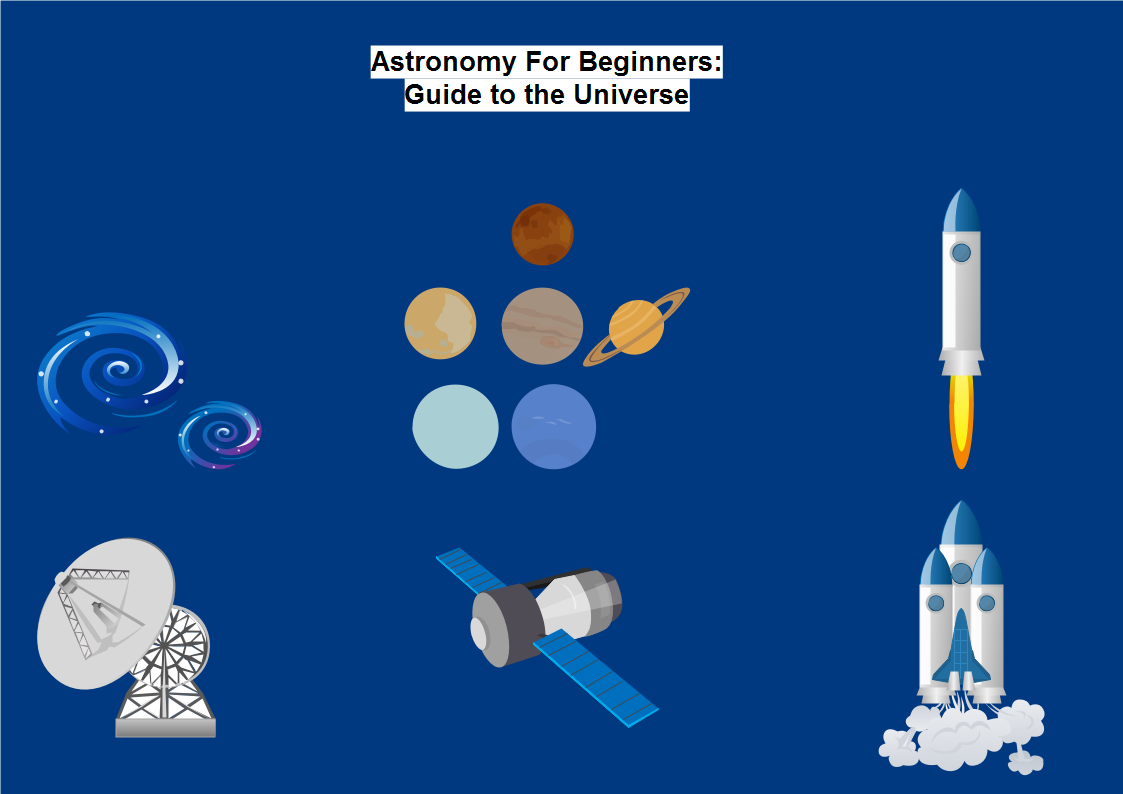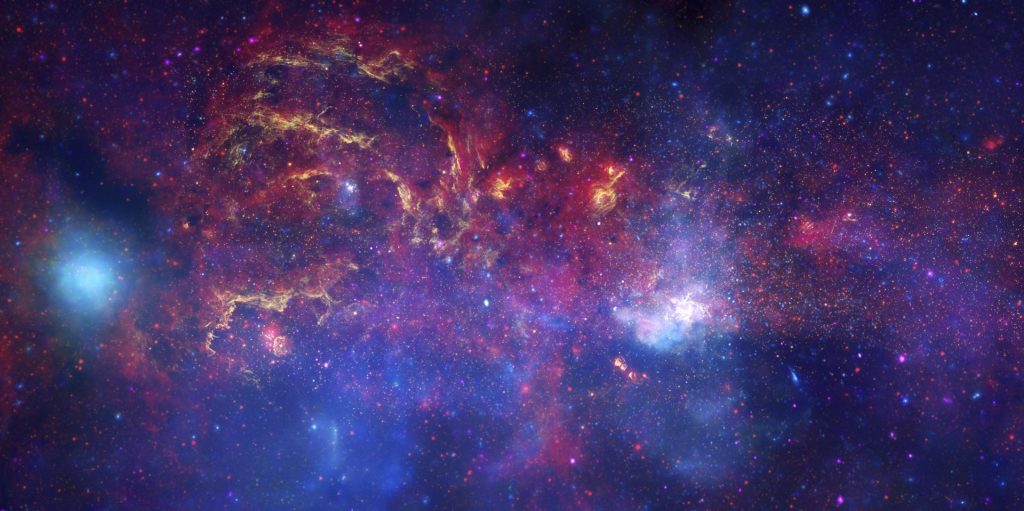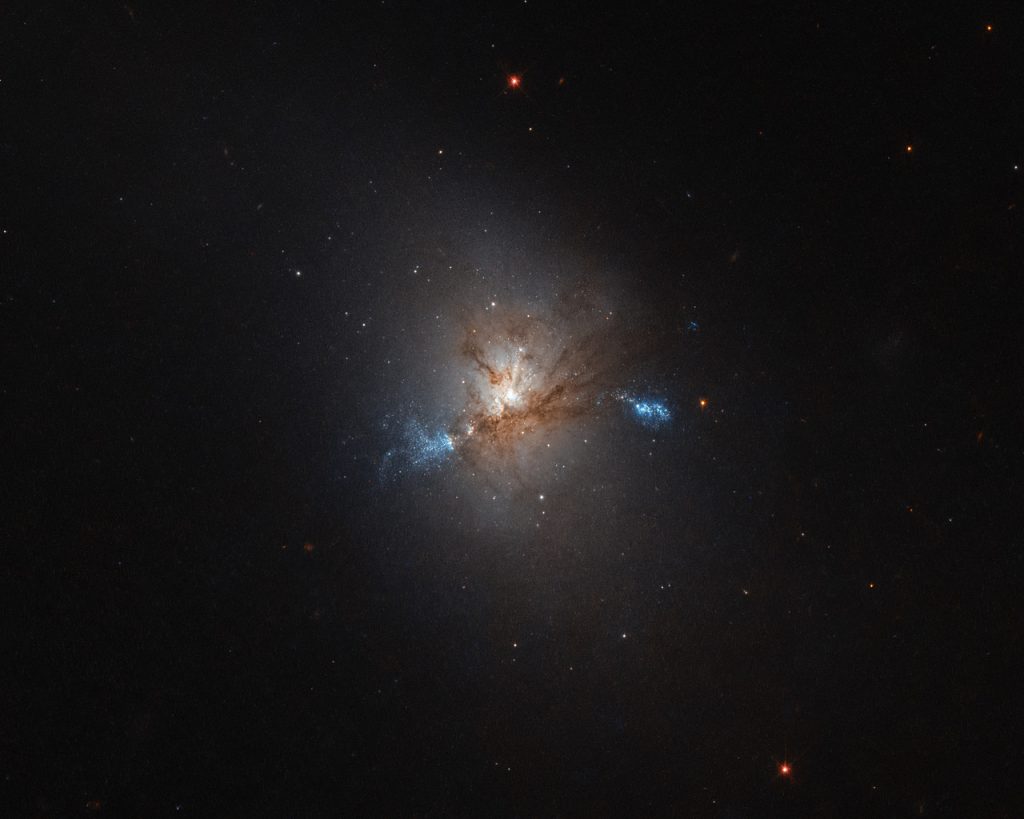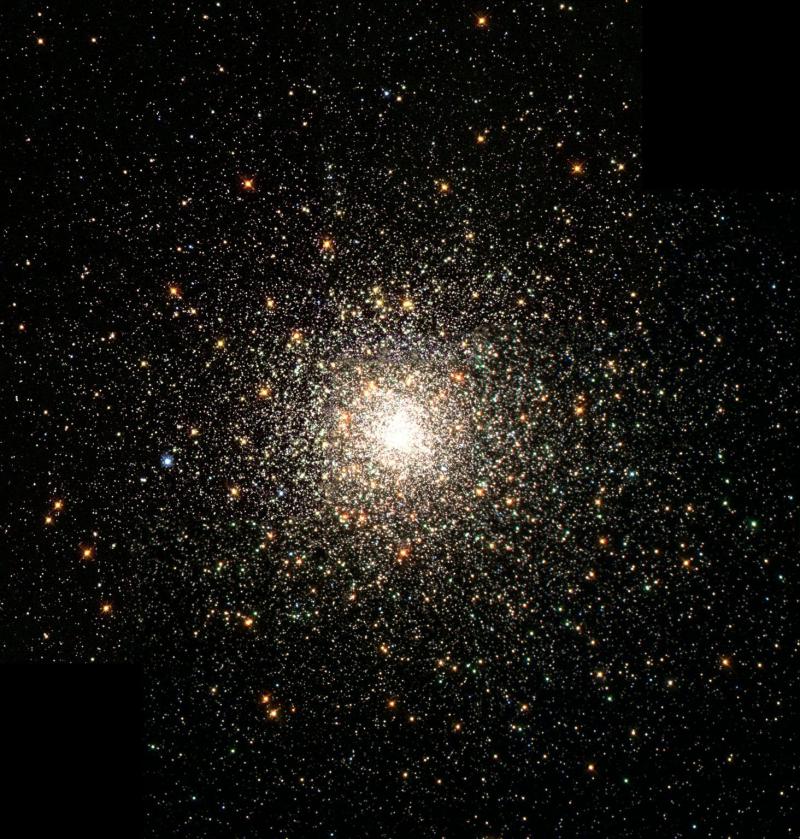
Astronomy For Beginners: Guide to the Universe
When I was a kid growing up in Kentucky I always loved going out at night and seeing the sky. My home was very unpopulated and so had very little light pollution. The nearest town of 3 thousand people was about 15 miles away. So it was an incredible place to dream about what may lie among the stars. That was the start of my love for science, astronomy, and physics.
I have carried this with me my whole life and always wanting to learn more because I loved it. I have always wanted to write about it as a result. This is a short guide to the universe and includes the beginning topics. From here most of the advanced concepts come from these ideas and are developed more fully.
Astronomy For Beginners

Unlike the current thought in ancient times, we have learned that our planet is not the center of the universe. We are in a little isolated spot in a small galaxy. There are probably billions of galaxies. That current number eludes us still. All of these galaxies, time, and the energy in it all make up the known universe. Astronomy is the study of the universe. Put another way, Astronomy is the study of all matter, space, and time since that is what the universe consists of.
- universe= all of space, time, matter, and energy.
- astronomy= study of the universe.
Guide to the Universe: The Scientific Method
The scientific method is our way of testing and refining the results of a problem until we have the best answer we can. This starts by ideas. Once we have 1 or more that make sense to us and work a little bit, we then have a theory. Testing this theory is the next step. In fact, we constantly test our theories even if we think they are right. This is the heart of the scientific method. If any particular theory lasts a long time and works for many people then it will be accepted. Some may even call it fact. Watch out for that though, any theory or fact can eventually be proven wrong.
- scientific method= methodical approach employed by scientists to explore the universe around us in an objective manner.
- theory= framework of ideas and assumptions used to explain some set of observations.
Guide to the Universe: Constellations

Since humans could see the stars they have interpreted them as patterns in the sky. These patterns of course looked like familiar objects or scenes from their religion. These patterns pretty much stayed the same so they became very important to early people. They were comforting. Predicting the seasons was made easier. Finding other objects in the sky was made easier when someone said to start at that section of the sky.
Navigating also became much easier when you could use the stars as a guide. That section or picture in the sky was an early constellation. Keep in mind, though, that the stars that made up a picture in the sky were never actually close together. They aligned because they had similar brightness and were at least in the same section of the sky. Most often they were immense distances apart.
- constellation= patterns of stars visible to the naked eye.
Guide to the Universe: Movement of the Stars
For the longest time we thought the stars and the resulting constellations moved a great deal. Their movement across our sky had thoroughly confused early astronomers. It was not until later that a few attributed that motion to our own planet. While everything moves some, even the far off stars, it was our planetary rotation that accounted for that degree of movement across our sky.
Guide to the Universe: The Earth
We live on the Earth. Hopefully you have recognized that by now. This is a planet. It rotates and does so quickly, it also has an orbit around the Sun which is our nearest star, and it is the 3rd rock from our star to be exact. Tilt is what gives us our seasons. Revolving as quick as it does, it makes the stars above appear as if they are moving.
Guide to the Universe: Orbital Motion
Our time is measured by the Sun and its progression across our sky. It works out pretty well. Our day is technically called a solar day and it is 24 hours long. It is 24 hours because that is how long it takes the Sun to arrive back at any one position the next day. There is also a sidereal day which is a day measured by the stars. The time of a day is different than on a solar day. The reason is that our planet moves in 2 directions at once.
Guide to the Universe: Eclipses
Eclipses are when the Sun and the Moon line up just right from our view here on Earth. This is a very nice and interesting event too. It can only happen at new or full moons too. When the Sun and Moon are on opposite sides of the Earth, this is called lunar eclipse. Earth's shadow covers the moon. If they are close to being in alignment then it is called a partial lunar eclipse.
Now when the Sun and Moon are in the same directions it is called a solar eclipse. These are just plain awesome by the way. Day turns into night, almost. One of the unfortunate things about a solar eclipse is that only a small part our planet can see this great eclipse at a time.
There is not always an eclipse when the time is right either. The reason is that the moon's orbit is not perfectly circular. So sometimes it just does not line up right.
Guide to the Universe: Distances

The distances in our galaxy and universe are astronomical! Ok that was kind of a joke. There is a lot of space between objects in, umm space. I seem to be on a roll here with my puns though not meaning to. One of the main ways astronomers calculate distance is through the technique of triangulation. We used it centuries ago and still use it to this day. It is that useful. Another part we use with triangulation is parallax. The two techniques together is how we get decent estimates of an object's distance in the sky.
Guide to the Universe: Triangulation
Obviously this technique uses triangle. Then with some geometry we can do some pretty nifty calculations. After all, that is why we love topics like this. Figuring out the details and seeing where else we can apply them is so much fun isn't it!
So with triangulation, we want to be dealing with right triangles. This just makes things easier. To put it simple, we will know the length of the base of the triangle and then 2 of the angles. With those known we can then calculate the rest.
- baseline=the distance of the base of a triangle
Guide to the Universe: Parallax
Astronomers use parallax a lot also when measuring cosmic distances. The amount of the visual displacement is what determines our angles. Then we just use a form of triangulation then to estimate our distances.
- parallax=The apparent displacement of a foreground object relative to the background as the observers location changes.
Basically the closer an object is to the person looking at it, the larger the parallax will be. Meaning, it will appear to move more when looked at from another angle. The age old trick to this is look at an object like a house with both eyes open. Then cover one eye and see how its position changed. That is parallax. This is the technique astronomers use to measure distances on a cosmic scale. Technically, the amount of parallax is inversely proportional to the distance of the object you are looking at.
Conclusion
There are a lot of interesting topics here. Learning one will introduce you to others and then to more after that. Many fascinating ideas come from these introductory concepts. I hope you have enjoyed reading this. If so, consider sharing it with your friends.
Other Astronomy Guides: